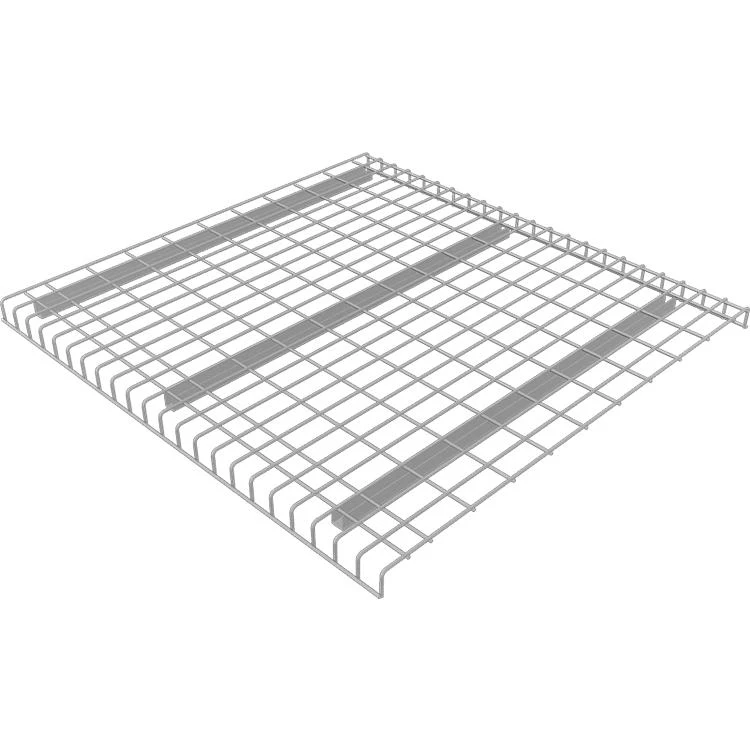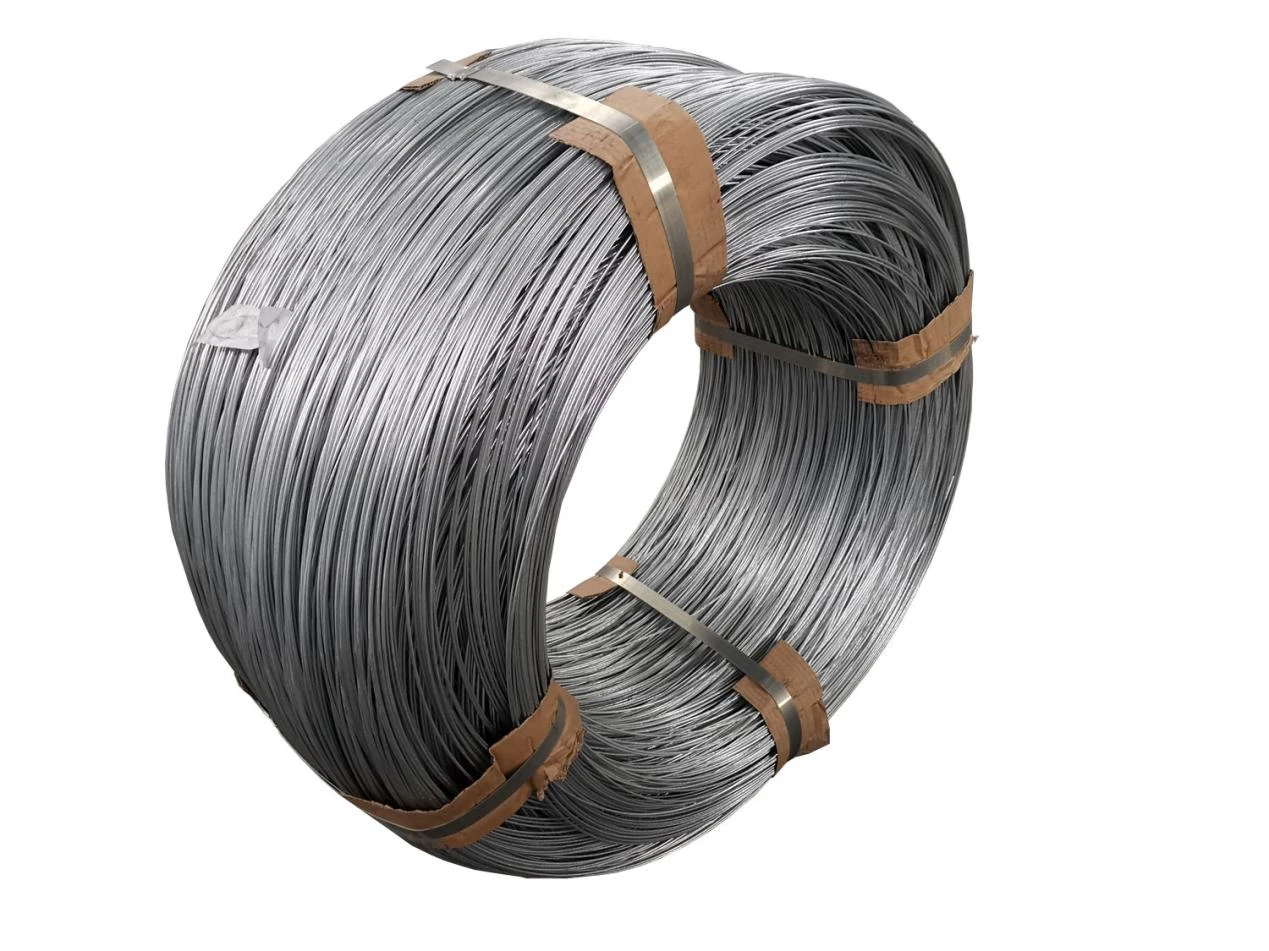roof flashing nails
11 月 . 15, 2024 02:07
Understanding Roof Flashing Nails Importance and Application
Roof flashing plays a crucial role in building construction, providing a barrier against water infiltration and safeguarding the structure from moisture damage. At the heart of effective flashing installation lies the critical component known as roof flashing nails. Understanding these nails, their purposes, and proper installation methods is essential for both DIY enthusiasts and professionals in the roofing industry.
What Are Roof Flashing Nails?
Roof flashing nails are specialized fasteners designed specifically to secure flashing materials to roofing structures. They typically feature a wide, flat head that helps to distribute pressure and prevent water from seeping into the fastener holes. These nails are often made of galvanized steel or stainless steel, which offers enhanced resistance to corrosion, ensuring durability and longevity even in harsh weather conditions.
The Importance of Roof Flashing
Flashing is installed around areas where the roof intersects with vertical structures, such as chimneys, walls, and vents. The primary purpose of flashing is to direct water away from these vulnerable points, preventing leaks that could lead to extensive damage over time. Without proper flashing, water can accumulate, leading to issues such as rot, mold, and structural damage. Thus, the role of roof flashing nails becomes apparent—without them, proper installation and performance of flashing systems cannot be achieved.
Types of Roof Flashing Nails
There are several types of roof flashing nails, each suited for specific applications. Some common types include
1. Galvanized Roofing Nails These are coated with zinc to resist rust and corrosion, making them ideal for use in wet environments.
2. Stainless Steel Nails Even more resistant to corrosion than galvanized nails, stainless steel is often used in coastal areas where salt exposure is a concern.
roof flashing nails

3. Rubber Washered Nails These come with a rubber washer that creates a watertight seal around the nail head, enhancing waterproofing capabilities.
Choosing the right type of nail depends on environmental conditions and the specific materials being used in the roofing project.
Installation Techniques
Proper installation of roof flashing nails is crucial to ensure the longevity and effectiveness of the flashing. Here are some essential tips
1. Placement Nails should be placed at regular intervals along the edge of the flashing, typically around every 12 to 18 inches. Care should be taken not to overcrowd the nails, as this may weaken the integrity of the flashing.
2. Angle Nails should be driven in at a slight angle to allow water to run off and reduce the risk of water pooling around the nail heads.
3. Sealing For added protection, it is advisable to use caulk or sealant around each nail after installation to further prevent any potential leaks.
4. Follow Manufacturer Instructions Always refer to the manufacturer’s guidelines for both the flashing and the nails, as specifications may vary based on the materials used.
Conclusion
In summary, roof flashing nails are a vital component of any roofing system that includes flashing. Their purpose extends beyond mere fastening; they help maintain the integrity of the roof by ensuring that flashing remains secure and effective against water intrusion. Understanding the different types of nails, the proper installation techniques, and the importance of high-quality materials can significantly enhance the durability and effectiveness of roofing systems. Whether you are a seasoned professional or a novice, recognizing the role of these nails is fundamental to achieving a watertight and resilient roofing solution.









 Unity
Unity Creation
Creation Challenge
Challenge Contribution
Contribution










